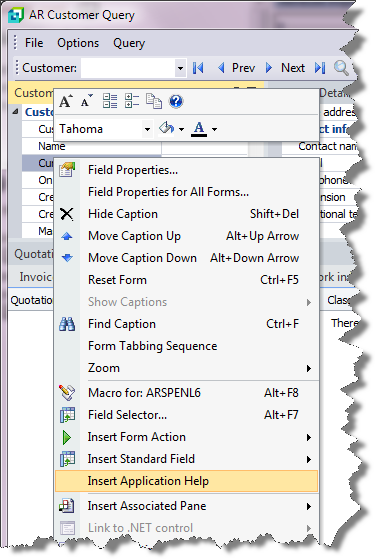You use this program to update the costs and/or prices for any non-stocked components used in a configuration.
You can either automatically update the prices or costs for a selection of configurations by selecting the Auto price Update tab, or manually change the costs or prices by selecting the Non-stock Price/Cost Maintenance tab.
Use this tab to automatically apply a percentage change to the unit cost and/or price of selected non-stocked components.
| Field | Description |
|---|---|
| Start Processing | Select this to apply the price/cost changes according to the criteria you entered. |
| Select this to print the price/cost changes you have made. The contents of the Auto Price Update Report listview are printed. |
The criteria options enable you to indicate the non-stocked components to which you want to make the changes and the percentage by which you want to change the prices or costs.
| Field | Description | ||||||
|---|---|---|---|---|---|---|---|
| Configurations | Indicate the configuration(s) for which you want to change the price and or cost of the non-stocked components. | ||||||
| Non-stocked codes | Indicate the non-stocked code(s) for which you want to change the price and or cost. | ||||||
| Price percentage change | |||||||
| Price percentage | Enter the percentage change you want to apply to the price of the non-stocked items. | ||||||
| Price direction |
|
||||||
| Cost percentage change | |||||||
| Cost percentage | Enter the percentage change you want to apply to the cost of the non-stocked items. | ||||||
| Cost direction |
|
||||||
| After processing completed |
These options are displayed within programs that can be automated. They enable you to indicate the action you want to perform once processing is complete (see Automation Design). |
You use this tab to manually change the prices/costs of non-stocked components for a configuration.
When you select this tab, all configurations which contain non-stocked components are displayed in the editable listview.
| Field | Description |
|---|---|
| Save | Select this to save the changes you made. |
| Configuration | This displays the configuration in which the
non-stocked item(s) you are maintaining is used. The components are displayed when you expand the configuration. |
| Opt | This is the option of the configuration in which the non-stocked item you are maintaining is used. |
| Seq | This is the sequence of the configuration in which the non-stocked item you are maintaining is used. |
| Non-stocked code | This indicates the code of the non-stocked item. |
| Non-stocked code desc | This indicates the description of the non-stocked item. |
| Unit price | Enter the unit price for the non-stocked code. |
| Unit price uom | This indicates the unit of measure for the Unit price. |
| Unit cost | Enter the unit cost for the non-stocked code. |
| Unit cost uom | This indicates the unit of measure for the Unit cost. |
Inserting Application Help
You would typically follow this procedure to display help for the current program in a customized pane that can be pinned to the program window.
Information includes step-by-step instructions for the various functions available within the program, including a brief overview of what the program does, what setup options are required and how to personalize the program.
-
Open the program for which you want to insert application help into a customized pane.
This functionality is only available for a program that has panes.
-
Right-click any form field.
You can also click the triangle menu icon that appears in the title area of a pane.
-
Select Insert Application Help from the context-sensitive menu.
The application help appears in a pane within your program. You can reposition the pane using the docking stickers or pin it to the program window.
Removing the Application Help pane
If you no longer want to display application help in a pane for your current program, you can simply remove it.
-
Select the Close icon in the right-hand corner of the application help pane.
-
Confirm that you want to delete the pane.

